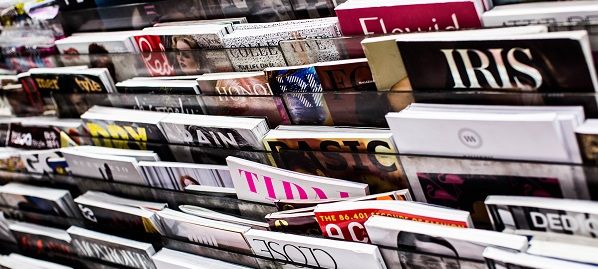

The International School of Stavanger subscribes to several useful and helpful research databases. Please contact Ms. Babiak if you have any trouble logging on to any of the resources below. Using research databases helps to ensure that the sources you are using for your research are valid and credible.
***Remember: Your research is only as credible as the sources you are using to back it up.
Check out The Boolean Machine from Rockwell Schrock - this handy dandy device shows you how to use Boolean search terms such as 'not', 'and' and 'or' correctly.

To learn how to set up your research project in MLA format, visit our free sample chapter on MLA Handbook Plus, the only authorized subscription-based digital resource featuring the MLA Handbook, available for unlimited simultaneous users at subscribing institutions.
Browse through our collection of 24 excellent databases from Gale Cengage. There is something for every subject and grade level here. For more information see or contact Ms. Babiak. Once you select a database and click on it to open, you can enter your google sign-on information up at the top.
Brainstorming is an important part of the research process. You may have already done a lot of brainstorming in your regular classes at ISS. The process of brainstorming can be as simple concentrating hard to come up with new ideas and as complex as using a proven technique and working in a dynamic group. You can brainstorm using tools such as MindMaps and org charts or detailed list making. Whichever method you prefer, here is a curated list of great information to get you started:
TOP 3 Mindmapping Apps
PADLET
My favourite all time digi-board app is Padlet. Padlet is free and easy to use. With Padlet, you can organise your thoughts easily and you can use it as a presentation tool when you are ready.
My second favourite is Prezi. Although Prezi is considered more of a presentation tool, you can create visually pleasing interactive mind maps with this free app.


A comprehensive collection of step by step instructions and many different brainstorming techniques.
More interesting mind-mapping and brainstorming ideas:
A compilation of many cool and interesting mind maps. This site might give you some good ideas about how to organise your info.


Here are some differences between magazines and journals:
Authorship
Audience
Content
References
Click Here for an excellent article outlining the key differences between magazine and journal articles!